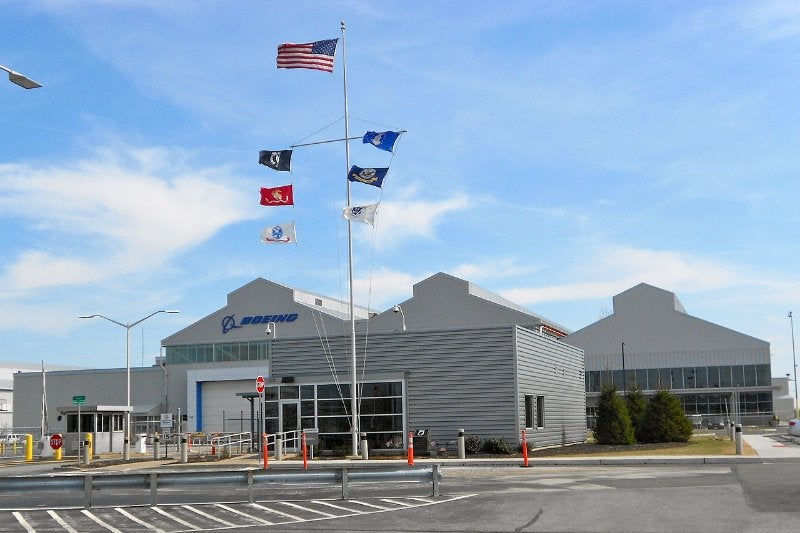
Boeing and Nammo have conducted a series of ground-fire tests of Ramjet 155 Extended Range Artillery in Norway.
The successful tests, conducted by a team of the two companies, demonstrated the artillery system’s gun-launched survivability and performance predictions.
The Ramjet 155 Extended Range Artillery is designed to meet the long-range precision fire requirements of the US Army.
Boeing Phantom Works vice president and general manager Steve Nordlund said: “Long-range precision-fires is a top modernisation priority for the US Army.
“Therefore, it also is a top priority for Boeing. We are very encouraged by the development progress, maturation and ongoing testing of our Ramjet 155 projectile, which we believe will offer a superior, affordable capability against emerging threats.”
Nammo CEO Morten Brandtzæg said: “We are seeing excellent progress in the development of the ramjet, with no major stumbling blocks. The latest tests have been extremely promising.”
How well do you really know your competitors?
Access the most comprehensive Company Profiles on the market, powered by GlobalData. Save hours of research. Gain competitive edge.

Thank you!
Your download email will arrive shortly
Not ready to buy yet? Download a free sample
We are confident about the unique quality of our Company Profiles. However, we want you to make the most beneficial decision for your business, so we offer a free sample that you can download by submitting the below form
By GlobalDataNorwegian company Nammo has been working with Boeing Phantom Works since 2019 to develop the next generation of artillery projectiles to meet US Army’s extended range and accuracy requirements.
The project builds on Boeing’s Joint Direct Attack Munition (JDAM) and Small Diameter Bomb (SDB) programmes.
The team now plans further development and additional testing of the Ramjet 155 Extended Range Artillery Projectile in the following months.
Boeing focuses on manufacturing defence products, space systems and commercial jets.
The company incurred a net loss of $1.24bn in the first quarter of 2022. The figure more than doubled from the $561m loss reported for the same period a year ago.



